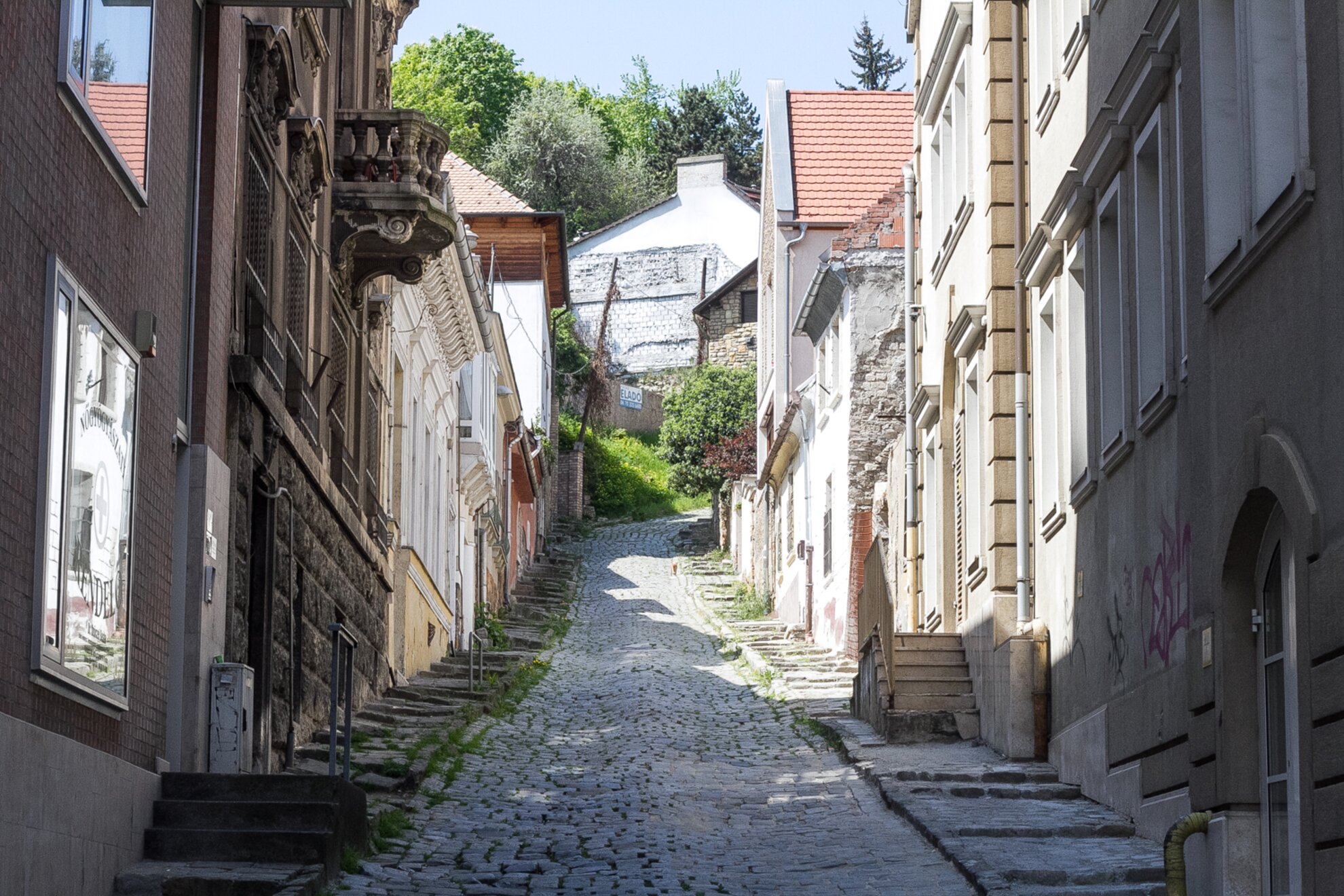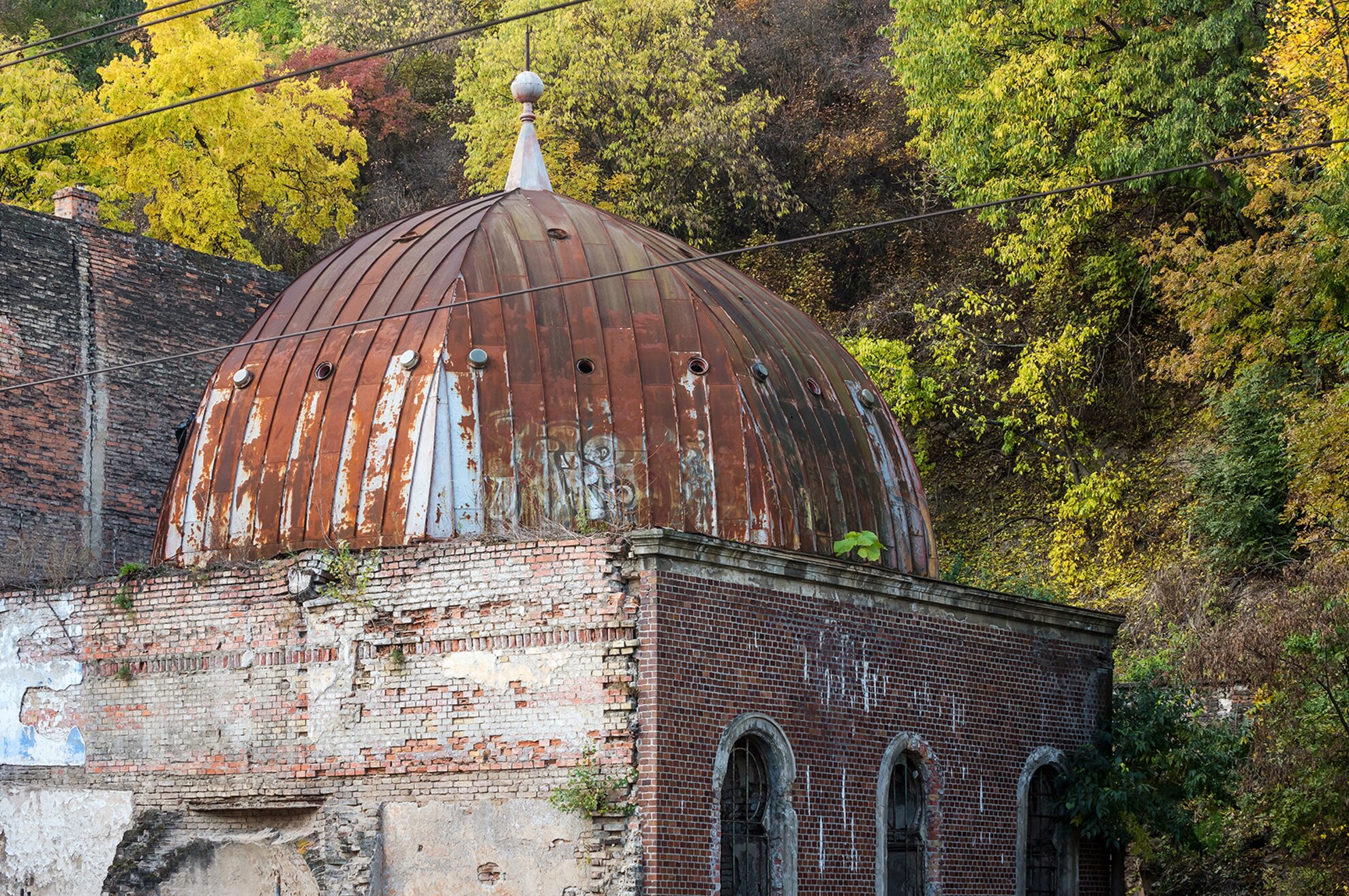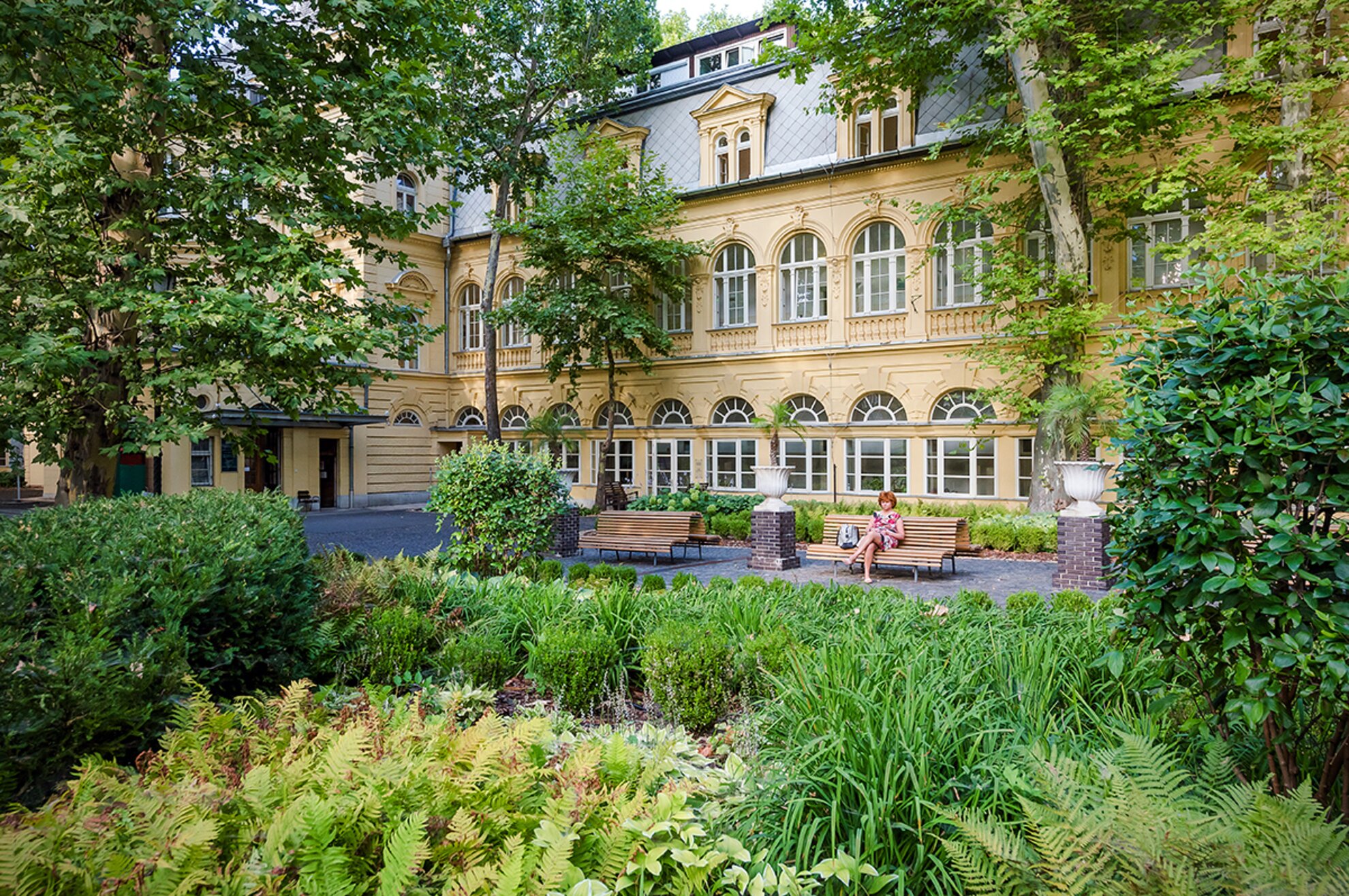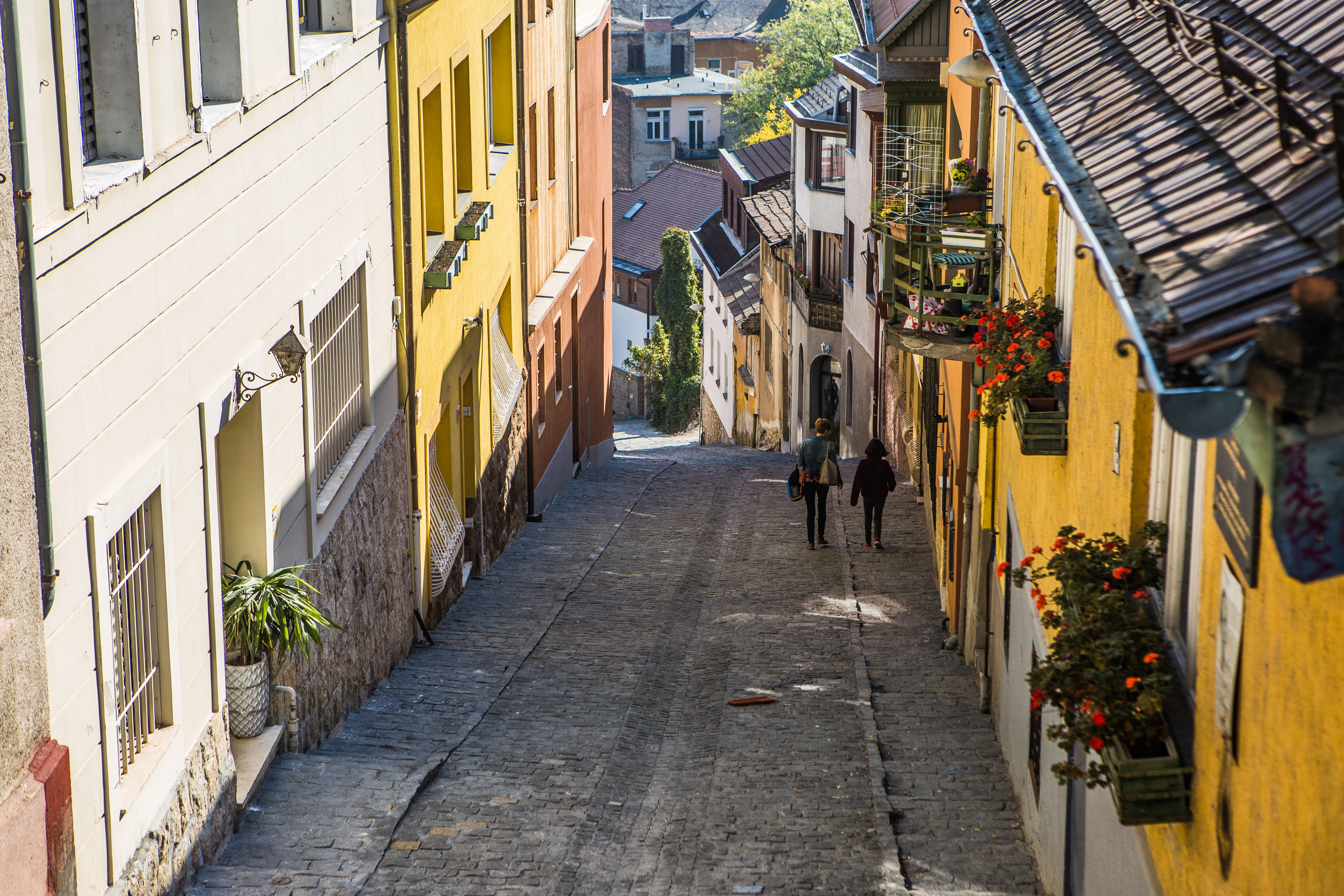The Gypsy quarter of Buda was not at all a deserted part of the city but an area that was lively in medieval times. Gypsies appeared in Hungary around the 14th-15th centuries, as they moved towards Europe escaping from Ottomans after the decline of Byzantium. They also migrated in search of better livelihoods.

From the 15th century onwards, they spread around the country until they reached the Buda area, where they soon established good relations with Hungarians and found work opportunities. They were welcomed mainly because their aim was not to dominate the locals. They were simply looking for new markets for their manufactured goods and services. Among the people living in the Gypsy quarter of Buda – and Gypsies in general – there were many blacksmiths, musicians, ship repairers, gunners, goldsmiths, surgeons, as well as wine merchants and executioners.
As long as they paid local taxes and provided special services to the monarch, they were able to move relatively freely throughout the country and were relieved of serfdom as well.
Special services
The special
services included, for instance, that in the palace of King Lajos and Isabella
they usually played the music at feasts. And they also made most of the
military equipment for King Mátyás’ renowned army.

After the Turkish occupation, more and more people came to Buda’s Gypsy quarter, because it was a little safer compared to the violent conditions taking place in other parts of the city. While in the 1540s approximately 60 families were living in the Gypsy district, some still in tents at the beginning, by the 1580s this number went up to 90 families. Moreover, most of these people had given up their wandering life and settled down on a permanent basis here.
Halfway between Buda and Óbuda, in this Gypsy quarter on the banks of
the Danube, there was also an entertainment district. Since the Muslim religion
forbade alcohol consumption and the Christian Church was not happy with it,
residents gathered outside the city walls, out of sight and out of mind, enjoying
intoxicating pastimes of music and dance.
Of course, this also came in handy
for the Gypsy traders, who easily sold their goods at these events.
Incidentally, there was also a gunpowder mill near the Gypsy quarter, the dungeon
and the stable of the pasha of Buda, as well as a place of execution on the Uhévíz
hill, so everyone was employed in some way or other.

Anyone who would like to start looking for
this area should walk along the section between Gül Baba utca, Margaret Bridge,
the Lukács Baths and Margit Hospital and, of course, the Danube.
You won’t find
any traces today, but at the end of San Marco utca are some remains of the town
that was set on fire several times in history – a few during the Recapture of
Buda and the 15 Years’ War before it. It was always repopulated afterwards.




